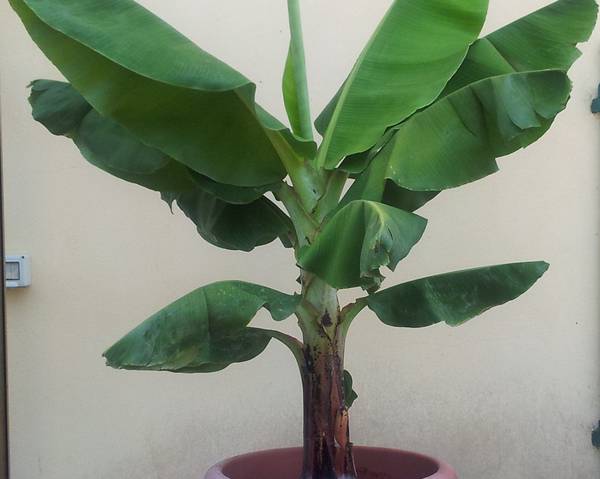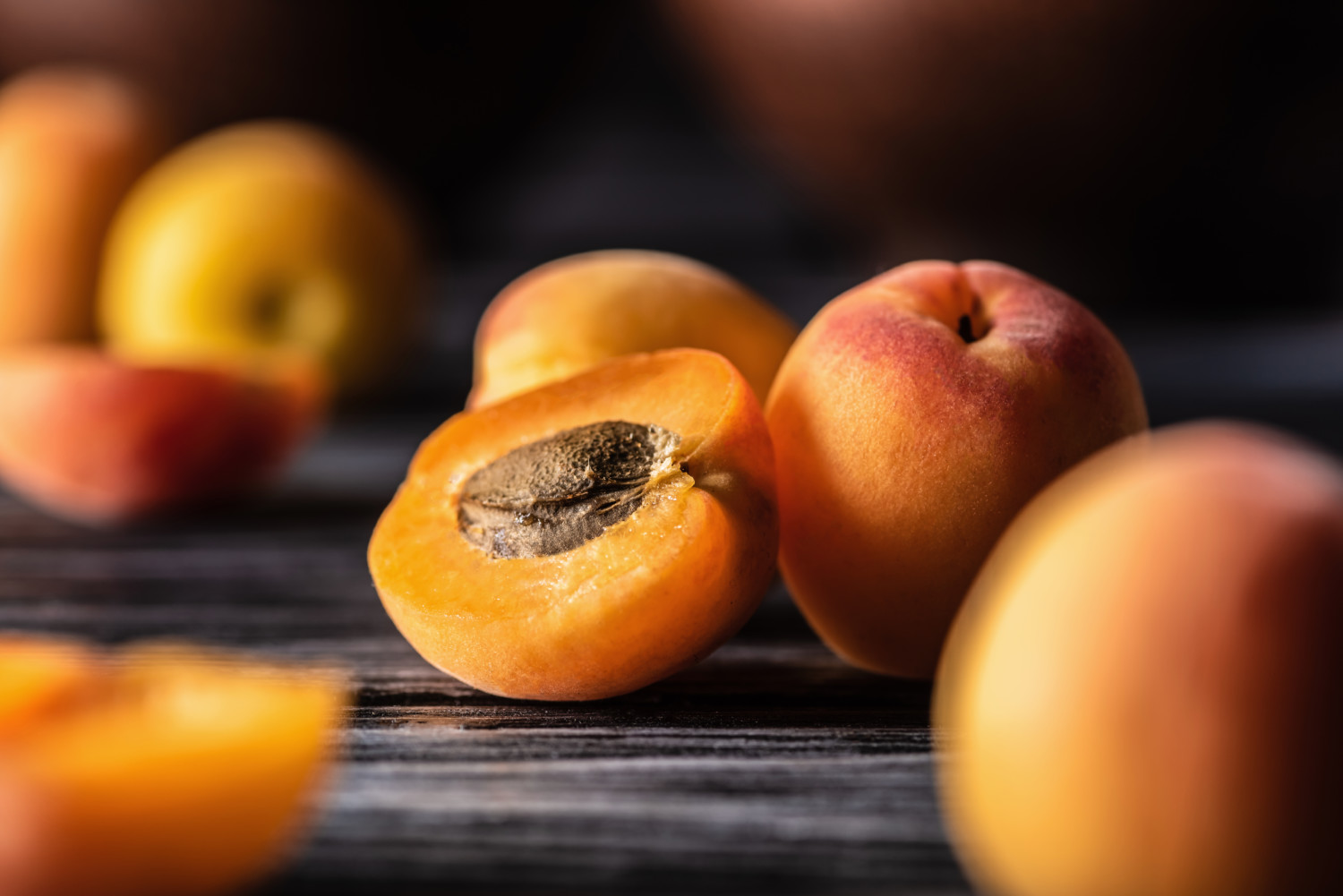The products and services mentioned below were selected independent of sales and advertising. However, Simplemost may receive a small commission from the purchase of any products or services through an affiliate link to the retailer's website.
The pandemic prompted a surge of interest in gardening. Over the summer, the grow-your-own veggies trend became a modern-day iteration of victory gardens, imbued with a sense of self-reliance that helped relieve pressure from a struggling supply chain (and reduced those one-off trips to the grocery store when you just needed a couple of tomatoes or a few sprigs of thyme).
But now that we’ve gone through the banana bread baking phase of the pandemic and then aced our summer veggie gardens, it’s time to graduate to indoor fruit trees, because fresh citrus perfuming the air has pick-me-up power and can also yield a tasty harvest. As it turns out, growing apricots for a marmalade or Meyer lemons to squeeze over salmon can be quite simple.
Here are seven fruit trees that you can grow indoors.
Meyer Lemon
The Meyer lemon tree is the most widely recommended indoor lemon tree because of its compact size and tolerance of cooler conditions, says Rosie Leary, a resident botanist with Candide Gardening, a site that sells plants, garden accessories and tickets to public gardens.
“It’s a dwarf cultivar that self-pollinates, meaning guaranteed fruits,” Leary says.
Citrus trees like soil that’s moist and loamy (equal amounts of sand and silt, with less clay) and that’s on the acidic side of the pH scale, Leary says. It grows best with bright sunlight all year round and will benefit from some added humidity, says Leary, who recommends giving it a regular misting or placing it on a pebble tray.
If you’re going the citrus route, these trees do need a lot of light, so you’ll need to have your lemons by a sunny window for at least six hours a day, says Rachel Brown, who runs DIY Garden, which helps inspire garden projects. If you can’t get that much light, you can use full-spectrum grow lights to help your fruit plants thrive.

Calamondin Orange
This plant produces small, tart oranges that may be left on the tree for a long period, making harvesting easy, Leary says. It can do well with a little less light and grow in partial shade. The orange tree will benefit from a slightly acidic, well-draining, moist soil and a spring prune to encourage bushy growth, Leary says.

Banana Dwarf Cavendish
Most banana plants are way too big to be grown indoors. After a few years, this banana dwarf Cavendish plant can reach 9 feet in height and it’s considered one of the smaller dwarf varieties, Leary says. The plant likes full sun to partial shade and must be kept above freezing temperatures. In optimal conditions, the fruits can be produced throughout the year.

Fig Tree
Fig trees are another easy indoor options, says Jill Sandy, a gardener and the founder of Constant Delights, a home and gardening blog. She suggests getting a Brown Turkey. This tree, she says, can deal with heavy pruning as you manage its height and it can self-pollinate. If you’re a fig fan, put the tree in a large planter so it will yield more fruit, she says.

Avocado Tree
Love avocados? Grow one of these trees indoors and you’ll have avocados on hand whenever a guacamole craving strikes. A fair warning: Avocado trees can be tough to grow indoors, but you can find lots of avocado plants suited for indoors on Amazon. The key is to find one that’s grafted rather than seed-grown, like this cold hardy avocado tree that comes in a variety of heights, starting at $79.99 for a 1 to 2 foot tree. A grafted plant will produce more robust bushels, and do so quicker.

Apricot Trees
Both Goldcot and Moorpark are dwarf apricot tree varieties that will produce tasty fruit without growing through the roof, says Chris Cook, a hydroponic gardener based in Alabama who started the site Happy Hydro Farm to help teach others how to grow their own food.
“When regularly pruned to maintain a height of 5 feet, both types of these dwarf apricot varieties will happily provide you a fruitful harvest,” Cook says. “Young apricot trees from a nursery typically begin producing fruit within a year.”
Cook suggests keeping the soil in the container moist, and supplementing with fertilizer monthly to promote healthy growth. Dwarf apricot trees need six hours of indirect sunlight per day, and a grow light can help provide additional light, he says.

Nagami Kumquat Tree
Suitable for indoors or outdoors, this Nagami kumquat tree produces sweet and juicy kumquats. While you can eat the fruit (consider it nature’s Sour Patch Kids), the thick skin is great for making marmalades or can be used in cocktails. The trees start at $60 on FastGrowingTrees.com.

The best part of growing fruit trees at home? You get to enjoy the fruits of your labor.
This story originally appeared on Simplemost. Checkout Simplemost for additional stories.


